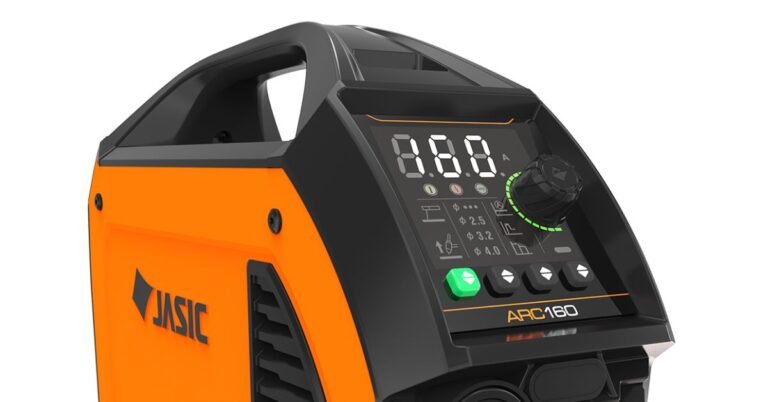Which welding technique is suitable for welding stainless steel?
Stainless steel is a remarkable material known for its exceptional corrosion resistance and durability, making it a popular choice in various industries. When it comes to welding stainless steel, selecting the right welding technique is crucial to ensure strong and aesthetically pleasing welds. In this blog post, we will explore the most suitable welding techniques for welding stainless steel, empowering you to make informed decisions for your stainless steel welding projects.
- TIG (Tungsten Inert Gas) Welding:
TIG welding stands out as the preferred technique for welding stainless steel, and for good reason. TIG welding offers unparalleled precision, cleanliness, and control, making it ideal for intricate welds and applications where appearance matters. The TIG process uses a non-consumable tungsten electrode to create an arc, and a separate filler rod is added as needed to create the weld. Benefits of TIG welding with stainless steel include:
- Clean and Aesthetic Welds: TIG welding produces clean, smooth, and visually appealing welds, making it suitable for applications where aesthetics are essential, such as in the food and beverage industry or architectural projects.
- Low Heat Input: TIG welding allows for precise control over heat input, minimizing the risk of overheating and distortion in the stainless steel.
- Versatility: TIG welding can be used for various stainless steel grades and thicknesses, making it adaptable to a wide range of applications.
- MIG (Metal Inert Gas) Welding:
MIG welding is another viable option for welding stainless steel. This process involves using a consumable wire electrode and an inert gas, typically argon, to protect the weld from atmospheric contamination. MIG welding with stainless steel offers several advantages, including:
- Faster Welding Speed: MIG welding provides faster welding speeds compared to TIG welding, making it suitable for high-production environments and larger projects.
- All-Position Welding: MIG welding is well-suited for all-position welding, allowing flexibility in various welding positions.
- Easy to Learn: MIG welding is relatively easy to learn, making it accessible to both beginners and experienced welders.
- Stick Welding (SMAW – Shielded Metal Arc Welding):
Stick welding can also be used for welding stainless steel, especially in field applications or on thicker materials. In this process, a flux-coated electrode creates an arc that generates the weld. While stick welding offers versatility and portability, it may not provide the same level of control and aesthetic appeal as TIG welding.
Conclusion:
When it comes to welding stainless steel, TIG welding and MIG welding are the top contenders for achieving superior results. TIG welding, with its precision and aesthetic finesse, is the go-to choice for intricate and critical applications. On the other hand, MIG welding offers speed and ease of use, making it suitable for larger-scale projects. For field applications or thicker materials, stick welding can also be considered.
Selecting the right welding technique for welding stainless steel depends on factors such as the specific application, the required appearance, and the welding environment. Whether you choose the precision of TIG welding or the efficiency of MIG welding, proper technique, and attention to detail will ensure strong and reliable welds in your stainless steel projects. Happy welding!







